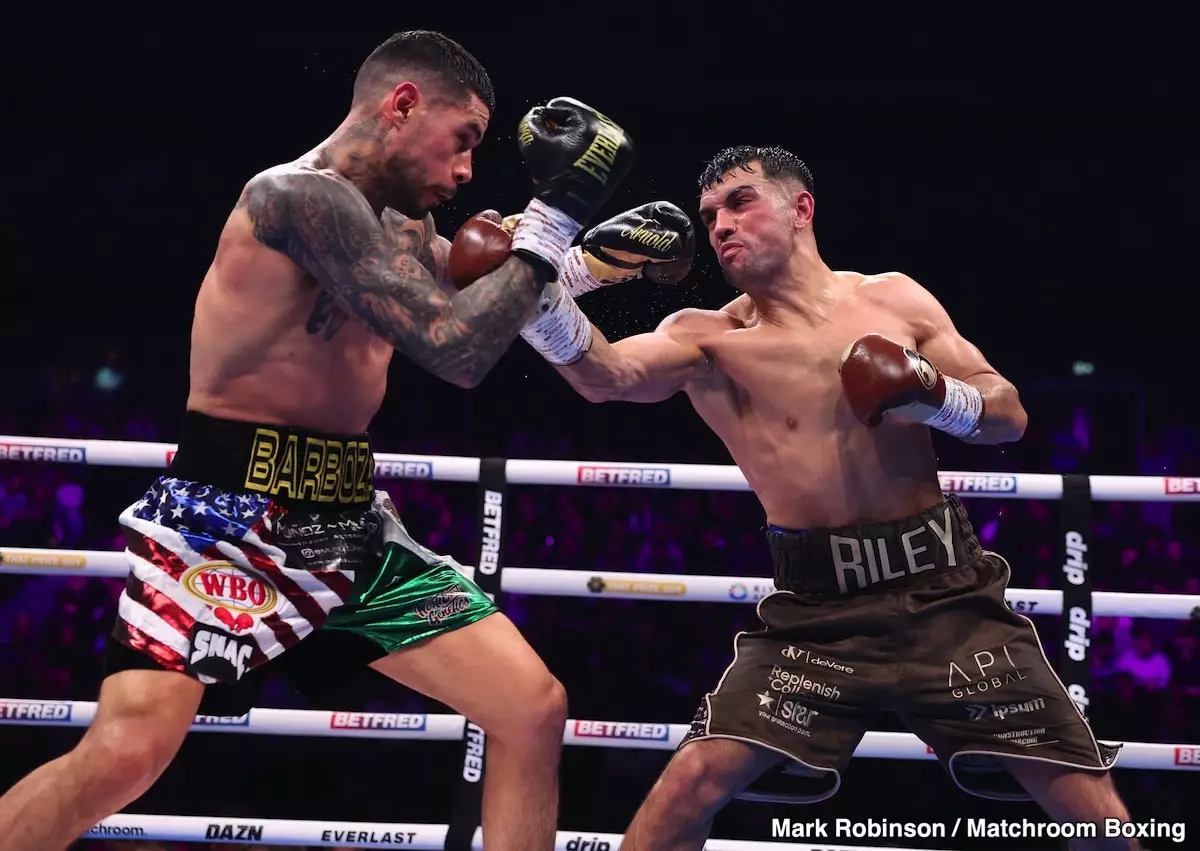In the world of boxing, timing is everything, and few understand this better than Jamie Moore, a seasoned trainer who has transitioned from the ring to the corner. Known for his genuine respect for the sport and its athletes, Moore’s perspective adds a layer of complexity to the discussion surrounding Manny Pacquiao’s contemplated return to the ring at 46. Pacquiao, often celebrated for his incredible speed, footwork, and unyielding spirit, now faces mounting skepticism regarding his ability to compete effectively. Firmer voices within the boxing community, including Moore’s, echo the sentiment that his time may have passed, making his comeback an anxious consideration for many, including his opponents.
The age factor is perhaps the most critical element complicating Pacquiao’s potential return. Moore candidly expresses discomfort at the prospect of Pacquiao fighting again, mentioning the inherent dangers of boxing. The sport, rarely forgiving, leaves little room for mistakes, especially when the athlete’s physical resources begin to wane. The greater question remains: As a boxing legend, should Pacquiao put his legacy on the line when the risks are so substantial? This internal conflict is emblematic of the broader dilemma athletes face—when is it time to hang up the gloves, and what constitutes a valid reason to step back into the ring?
The Torn Trainer: Moore’s Unique Perspective
For Moore, this isn’t just about a legendary figure risking injury; it’s about his responsibility to his fighter, Jack Catterall, who aspires for world title glory. The relationship between a trainer and a fighter is often complicated, filled with emotional stakes that go beyond mere competition. Moore succinctly encapsulates the quandary: while he aims to secure a title shot for Catterall, the thought of exposing him to a past-his-prime but still-respected veteran like Pacquiao evokes a sense of unease. In the high-stakes world of boxing, what do we value more—the test of skill against an all-time great or the safety and potential future of a promising athlete?
At 31, Catterall is at a pivotal point in his career. Having recently faced a setback with a decision loss to Arnold Barboza, he stands eager for redemption. The allure of sharing the ring with a boxing icon like Pacquiao is tantalizing and could elevate his profile substantially. Yet, boxing is rife with risk; facing a diminished but dangerous adversary can lead to more significant fallout than a simple statistical loss. Moore’s reservations stem from a place of respect, recognizing that even legends deserve the dignity of their achievements without jeopardizing their health.
Future Opportunities and Fickleness of Fame
Should Pacquiao find success against Mario Barrios, as improbable as some believe that to be, the scenario degenerates further into complexities. Would Pacquiao defend a WBC title against an up-and-coming fighter like Catterall, who, while talented, does not draw the same level of acclaim in the U.S.? It’s a question worth pondering within the context of promotion and financial viability in the sport. In the aftermath of a potential victory, the notion of lucrative matchups—potentially against high-profile names such as Gervonta “Tank” Davis—becomes more enticing. For Pacquiao, chasing legacy-building fights is a pursuit likely to dominate his agenda rather than defending against an unfamiliar face.
The world of boxing operates almost as a lucrative business where fighters must navigate credentials and charisma alongside their skill sets. Catterall, marked by his underrated tenacity, deserves a chance to earn a title, though his path may not be directly connected to facing Pacquiao. Perhaps it is the underlying expectation of rising fighters to go against established names that fuels this discussion. Are fighters motivated by the hunger for accolades, or are they lured by the monetary rewards that come with high-profile matchups?
Ultimately, as Moore stands at this crossroads, his dual role as a trainer and a boxing aficionado provides a compelling lens through which we analyze not just Pacquiao’s legacy but the broader implications for emerging talents. In wrestling with the conflict of opposing desires—what is good for Catterall versus what is respectful toward Pacquiao—Moore’s insights shine a light on challenges that shape the future of boxing as a sport.

